DIY Compost Tea Brewer: Material & Instructions
These plans include step-by-step instructions, a parts list necessary to build a DIY compost tea brewer, and a recipe for brewing your own beneficial compost tea.
This is the third of four posts that discuss compost and compost tea.
- A Discussion of Compost, Its Benefits and How to Make It.
- Compost Tea: What It Is and Why You Want It In Your Garden
- How to Make a Compost Tea Brewer
- How to Make Compost Tea and Apply It
In the fifteen years since we have been actively working in an organic veggie garden, we have never seen more lush and bountiful growth and more healthy and productive plants. In a prior post, we talked about Compost Tea – what, why, how, and the fact that since we used so much – 50 gallons a week – it can become costly to purchase as much as we need, so we built our own and promised a subsequent post on “How To” build your own DIY Compost Tea Brewer!
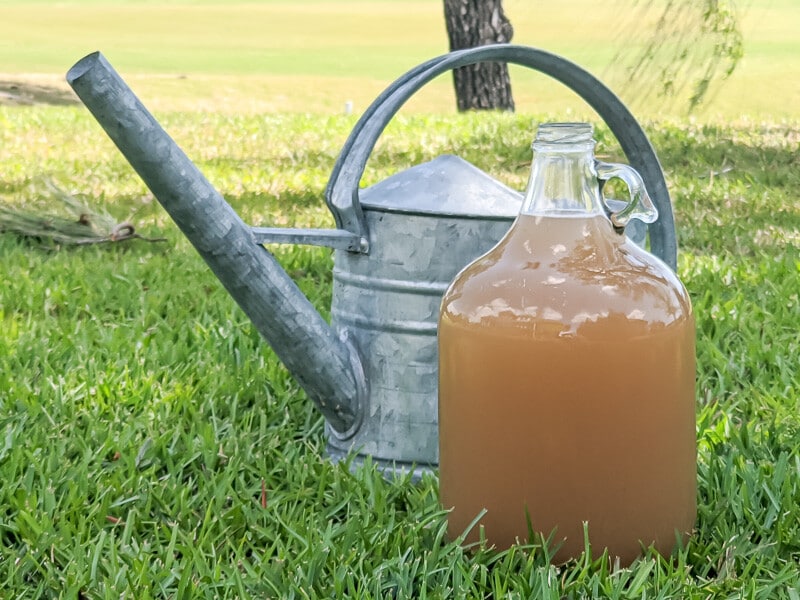
Table of Contents
So here we are, as promised…our plans for a DIY Compost Tea Brewer!
Actively Aerated Compost Tea (AACT)
We have talked in this post about Actively Aerated Compost Tea (AACT) being the most beneficial compost tea, so these Compost Tea Brewer Plans are specific to producing AACT. AACT uses a careful brewing process that maintains the oxygen levels necessary for aerobic functioning. AACT is composed of living biology and is therefore very sensitive to heat, sunlight, and oxygen loss.
It is important to use your AACT as soon as it finishes brewing, typically 24 hours after starting. If something happens and you can’t use it after 24 hours, just remember to feed it (see below) until you can.
All AACT brewers have the same fundamental elements:
- Container/vessel to hold the liquid/tea – with bulkhead fitting and spigot to dispense
- Compost
- Air pump and tubing/frame to introduce and diffuse oxygen through the solution
- Nutrients to feed the microorganisms and enable reproduction
Materials Needed to Build a Compost Tea Brewer
Some of these links may be affiliate links, and I may earn a small commission from the sale of these products, but the price you are charged is not affected. You can see my full disclosure policy here.
I have created a storefront on my Amazon page with all of these materials together in one place.
1. Container
Rubbermaid Brute Heavy-Duty Container – 32-gallon
I used the Rubbermaid Brute brand because I was familiar with it, having owned one for some time. It is tough and heavy-duty, and it is USDA Meat and Poultry Group listed, ensuring regulatory compliance for food storage and cleanability.
2. Bulkhead Fitting and Spigot
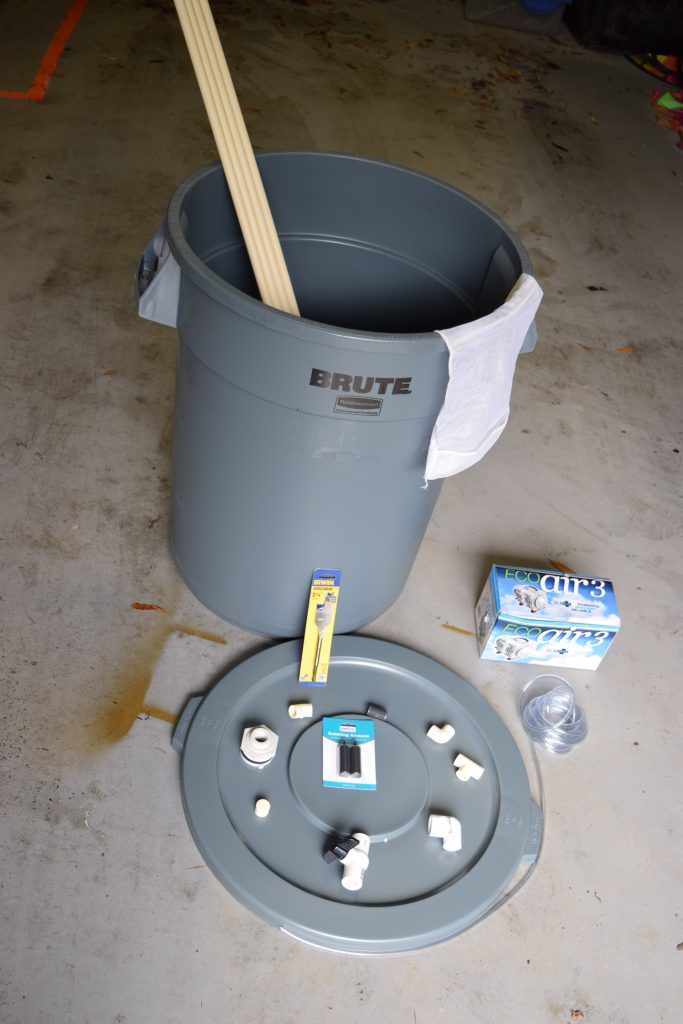
I fashioned a spigot using a bulkhead fitting, PVC ball valve, two threaded connectors, and 90-degree elbow and it’s working great! Here is what I mean by “bulkhead fitting”… very similar to what I used – Bulkhead Tank Fitting, 1/2″ NPT Female
- 1 PVC Bulkhead Fitting – female threaded
- 2 PVC Threaded Connectors – threaded
- 1 PVC Ball-Valve – threaded
- 1 PVC 90-degree elbow – threaded
3. Air Pump and tubing/framework
EcoPlus 728457 80W Commercial Air Pump, 1300 GPH
The pump I used is a somewhat less powerful version of this same brand – it cranks out 1030 GPH and is adequate – but if I had to do it again, I’d go for the more powerful version. The difference in cost is very modest, and more air and more agitation to dislodge the microbes from the compost would be beneficial. Ensure it comes with a multi-outlet divider because we will run multiple airlines from it.
4. Tubing
I run three airlines from the pump. One to each side of the frame/base and one to an airstone placed directly beneath the compost “teabag” to agitate and oxygenate the microbes contained in the compost. A minimum of 15-18 feet of 1/4″ clear vinyl tubing is required.
We will also need to “split” the air supply from the tubing to ensure equal distribution, so we’ll need two “T” splitters, like the one shown below, to insert into the tubing.
5. Frame/Aeration Base
I used a 1/2″ PVC pipe to construct the octagonal base and the uprights from which we attached a cross-bar to hang the “Compost Tea” bag while brewing. Once complete, the structure will fit nicely into the Rubbermaid container/Compost Tea Brewer. You’ll need a minimum of 10 feet of 1/2″ PVC for the aeration base and the uprights plus a 16″ length of a smaller diameter for the “crossbar.”
- 10 ft of 1/2″ PVC pipe
- 2 ft of 1/2″ CPVC pipe – smaller diameter
- 8 3/4″ 45-degree “slip” connectors – to join the octagon base pieces
- 2 3/4″ “T” connectors – “slip” on – plastic tubing/air supply from the pump gets inserted into these
- 2 3/4″ “T” connectors – “snap” on – uprights to hold teabag crossbar hanger get attached to these
- 2 3/4″ End Plugs – to cap tops of “T” connectors – air supply goes into these
- 2 3/4″90-degree elbow – 1/2″ crossbar is inserted here from which to hang “tea bag”
- 1 Large Air Stone: This stone attaches to the air supply, oxygenates, and helps displace the beneficial organisms from compost into our tea.
How to Build the Compost Tea Brewer
Container and Spigot
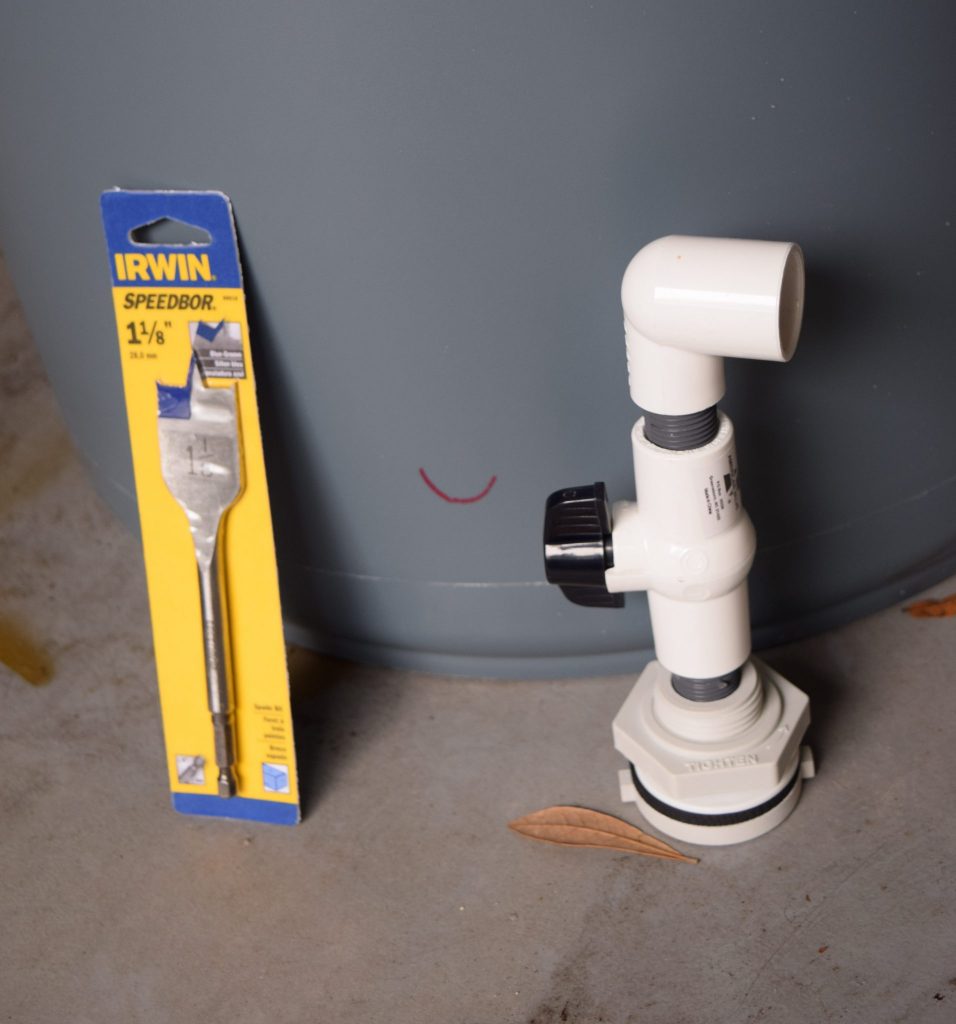
1) Cut a hole into the side of the Rubbermaid container to insert a bulkhead fitting where you want to place the spigot—see the red mark on the container above—START SMALL!!! We need to ensure a “snug” fit.
2) Insert bulkhead fitting, assemble internal and external parts, and tighten.
3) Assemble the spigot by threading the connector into a bulkhead fitting, attaching a ball valve to the connector, threading the second connector in the valve, and attaching a 90-degree elbow. Congrats! You’ve made yourself a container with a spigot, perfectly watertight, and with a robust flow—the first step in making your DIY Compost Tea Brewer!
Frame/Aeration Base
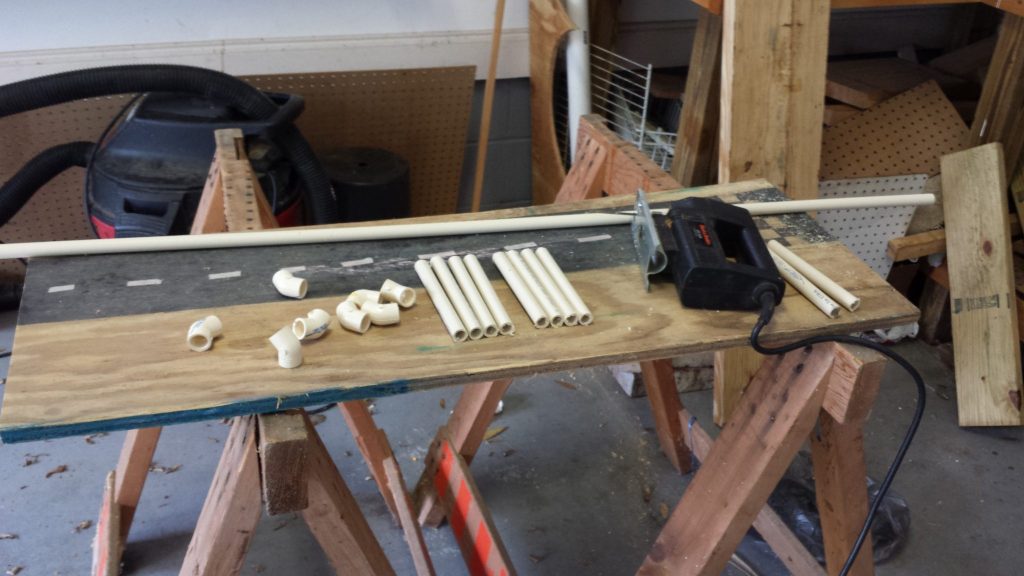
1) Cut 6-5 3/4″ sections of the 1/2″ PVC pipe. Take 3 of the cut pieces and join them together with the 45-degree connectors—do this twice. Once all the pieces are joined together, these will be the two sides of our base, which will eventually become an octagon. The picture shows 8 sections; I used 2 of them for the next step.
2) Cut 4-2 3/8″ sections of the 1/2″ PVC pipe.
3) Take the two PVC pipe End Plugs and drill a small hole in the center of each – the hole needs to be small enough such that the plastic tubing fits very snuggly – as watertight as possible. Again, start small and enlarge the opening to enable a snug fit.
4) Cut two 6-foot lengths of clear plastic tubing and insert them into each of the recently drilled End Plugs. Pull approximately 6 inches of the tubing through the hole—remember, it should be a very snug fit. Attach a “T” splitter to the short end of each length of tubing.
5) Insert the End Caps with tubing attached to the top of the slip-on “T” connectors, as seen above. Make sure that the tubing is not “kinked” and that the “splitters” will be in a position to distribute air to both sides of the assembly once the End Cap is placed firmly in the top opening of the “T” connectors.
6) Insert the 4- 2 3/8″ segments of PVC into each of the open ends of the “T” connectors
7) Join the two sides we made in Step 1 above with the “T” connectors by joining both sides with 45-degree connectors. We should have an octagon with “T” connectors on opposing sides, and it should look something like the image below.
8) Drill 1/16″ holes on the top of the PVC – evenly distributed about an inch apart into the PVC octagon base. If you look closely at the image on the right, you can see the ink dots I’ve placed on the PVC to mark the placement of the drill holes.
9) Place the “Snap-On” T connectors on opposing sides of the octagonal base – as shown at right.
10) Cut two 3-foot lengths of PVC and insert one in each of the “Snap-On” T connectors to form the uprights to hold the Tea Bag crossbar. Place the 90-degree elbow joints on the end of each upright, and cut a 16″ length of CPVC pipe to insert into the elbows. At this point, our structure is complete and should resemble the image below.
11) Take the completed Aeration Frame and simply insert it into the Rubber Maid container. Connect the clear plastic tubing lines to the air pump, attach the third clear plastic line to the airstone, and we have our very own 32-gallon DIY Compost Tea Brewer!
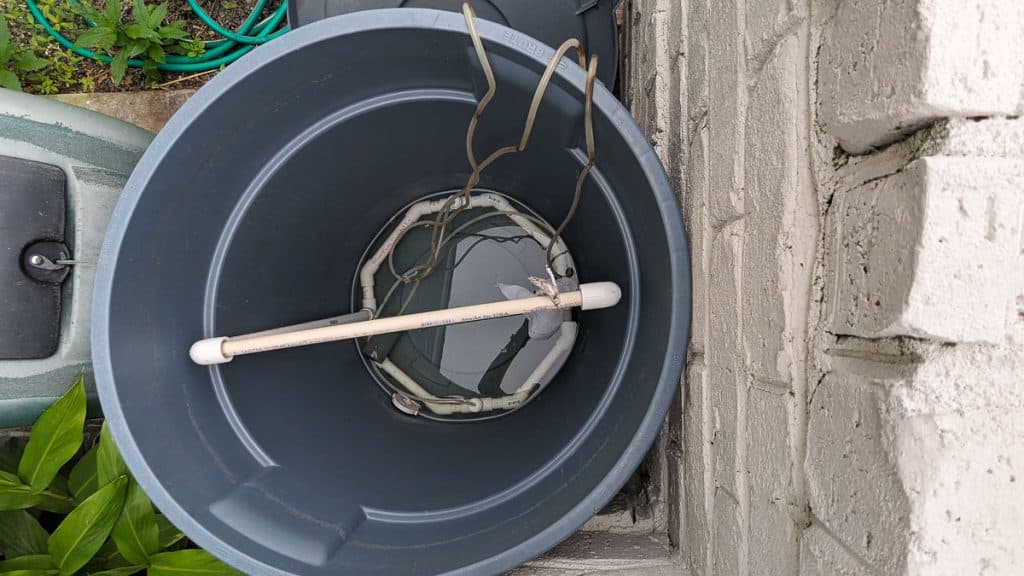
Congratulations!!! You are ready to start brewing homemade Compost Tea! Pop on over to How to Make and Distribute Compost Tea for our recipe and how we distribute it throughout our gardens.
For those of you new to composting, many resources are available on the web and tons of books. This book is a great resource.
To refer to this post about building a compost tea brewer, bookmark this page or pin the following image.
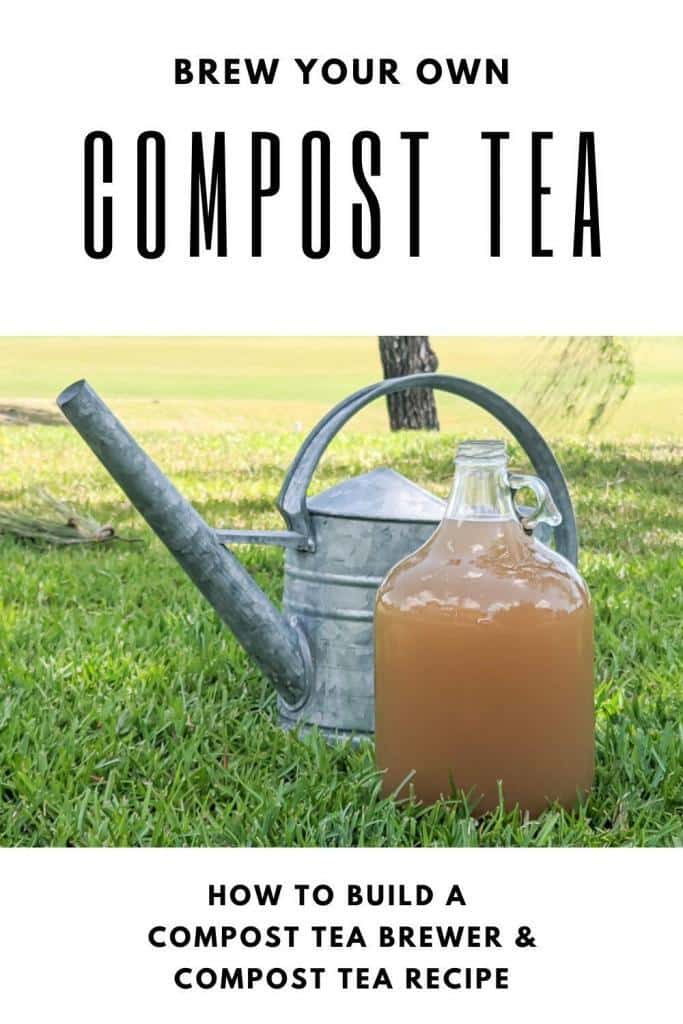
Thanks so much for spending a few minutes of your busy day with me!
To ensure you don’t miss future content, pop your email in the pale green box on the right or click here. I usually send one email weekly, so I won’t inundate your inbox. I’m sensitive to an overflowing email inbox!
We will only use your email address to send you emails, no more than 1-2 weekly. In addition, you will have access to my growing library of knit & crochet patterns and other printables. Check back often as this library will continue to grow. You can unsubscribe anytime by emailing me or clicking on the “unsubscribe” link at the bottom of all emails.
And you can access many of the products I refer to on my Nourish and Nestle Amazon Page. You can access it here.
So, if you’d like to participate in the ‘subscriber benefit’ action, simply subscribe to Nourish and Nestle here or use the form on the right sidebar. It’s slightly towards the top.
I have sent all my subscribers the link to the Subscriber Benefits Library. If you missed it or misplaced it, let me know.
Until next time…


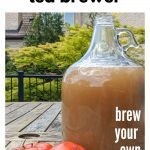
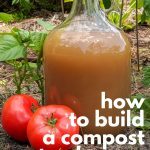
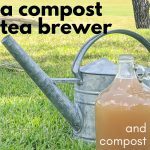
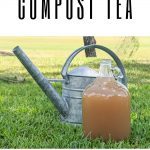

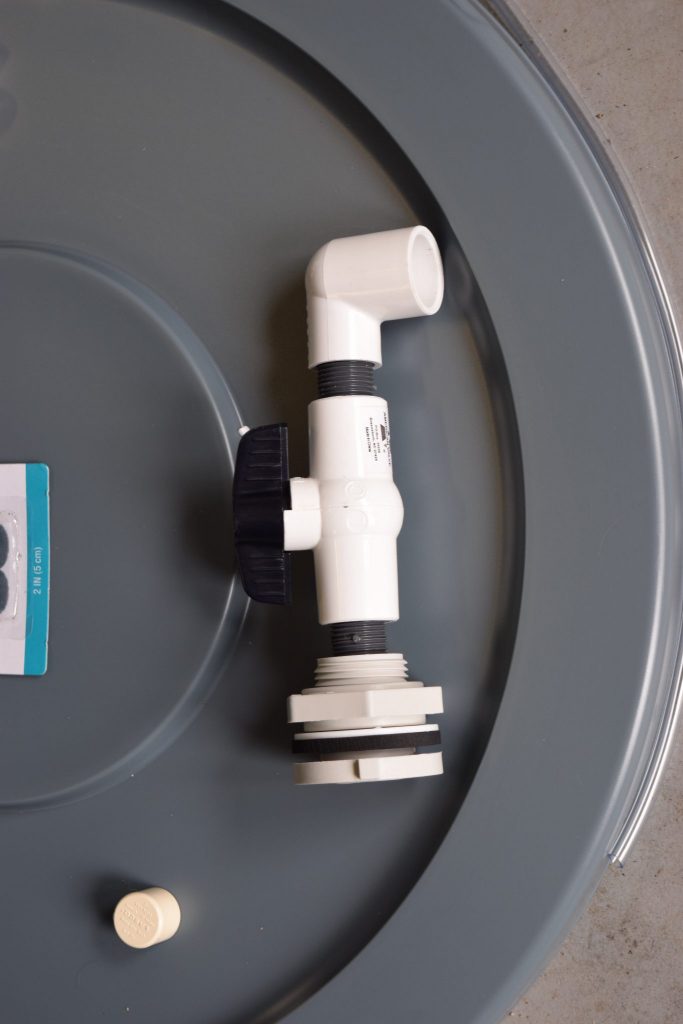
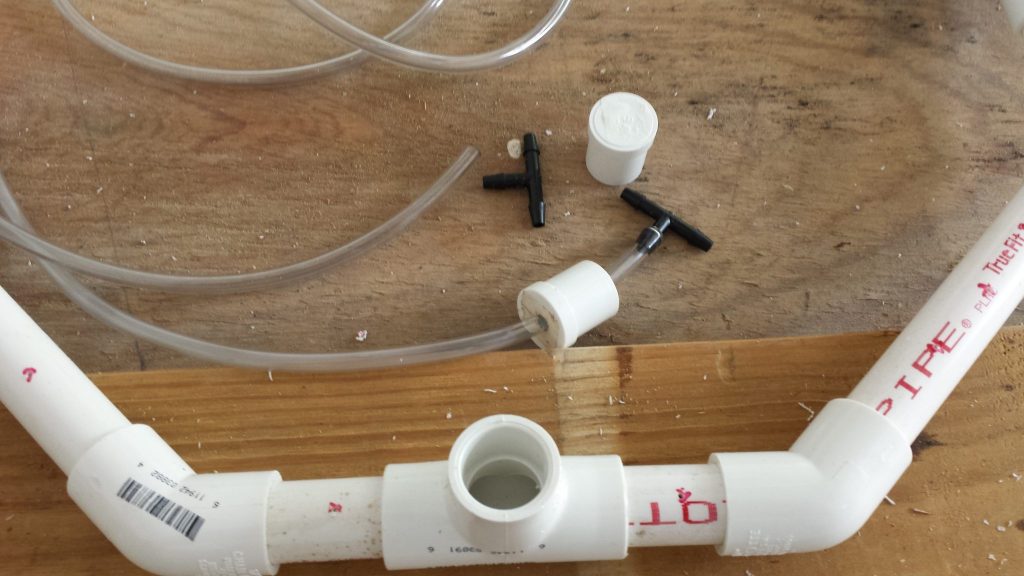
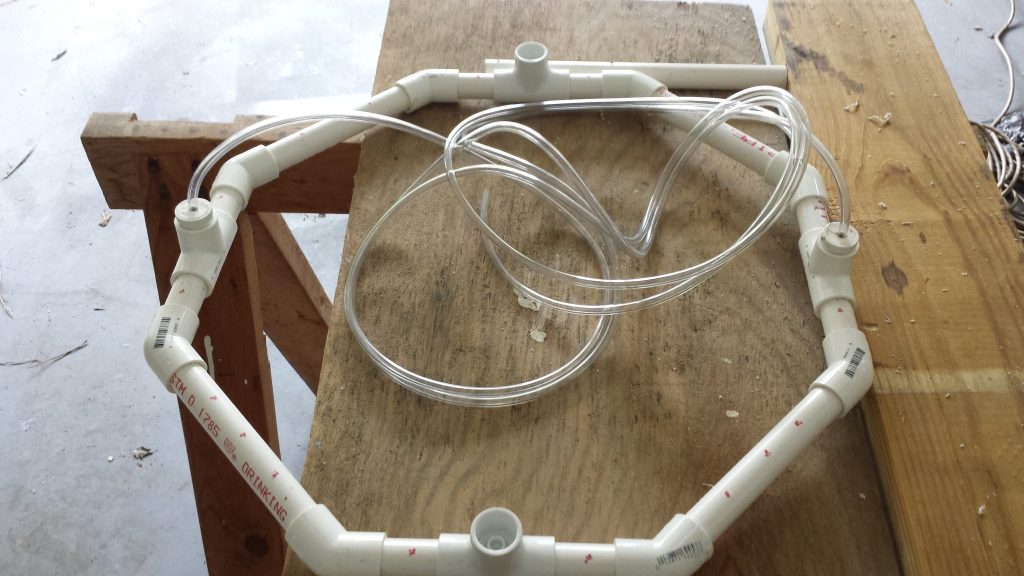
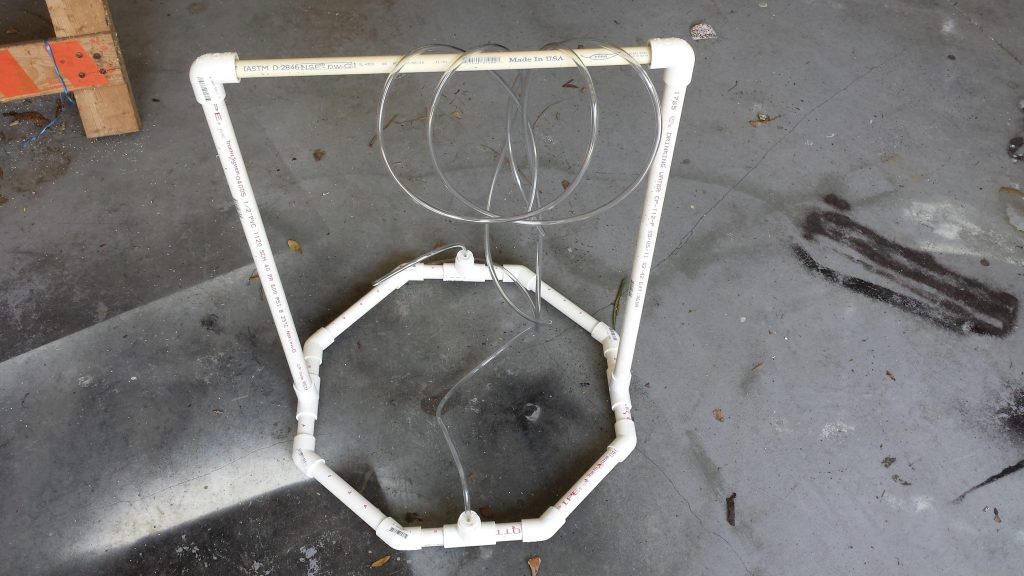
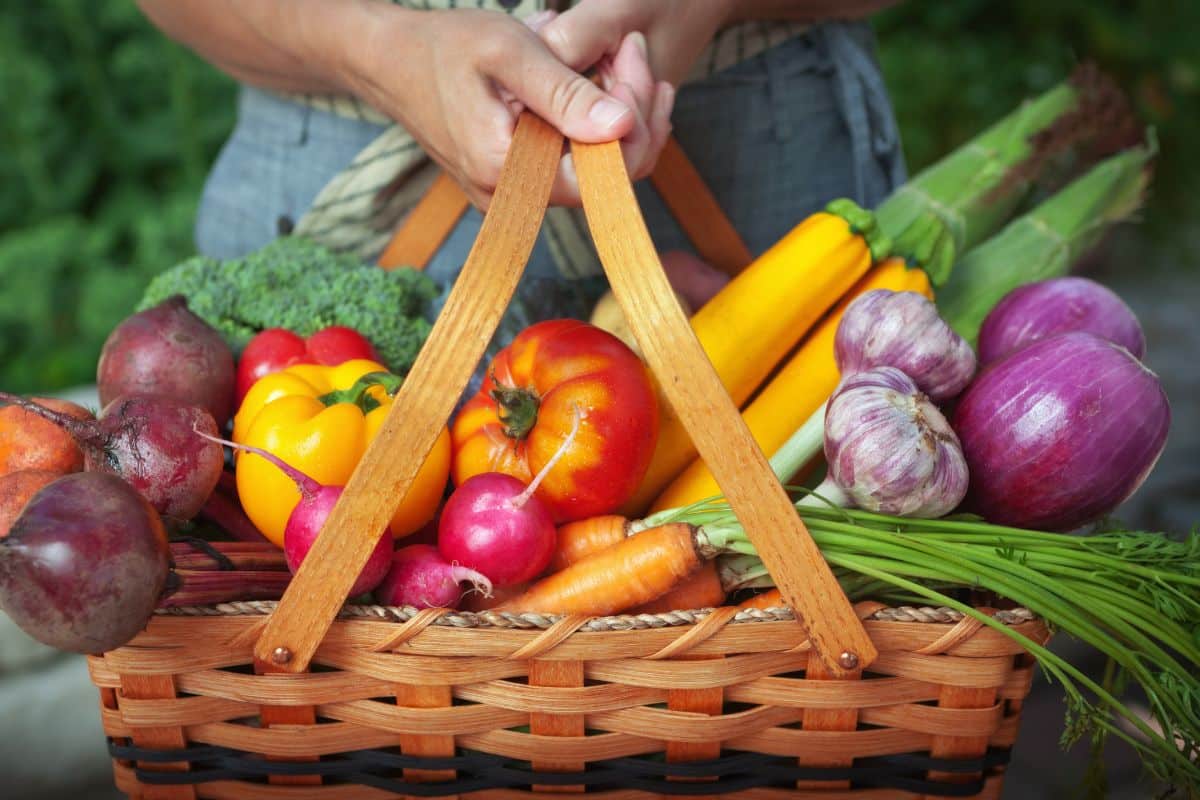

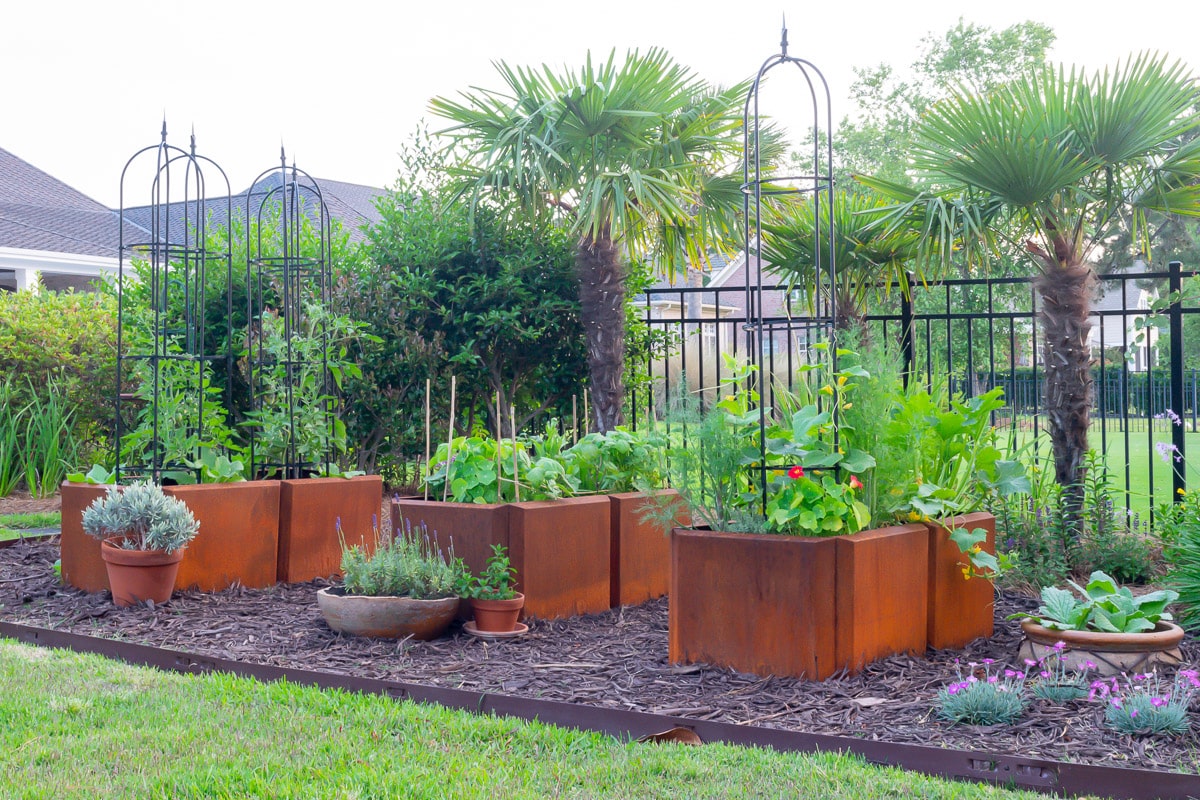
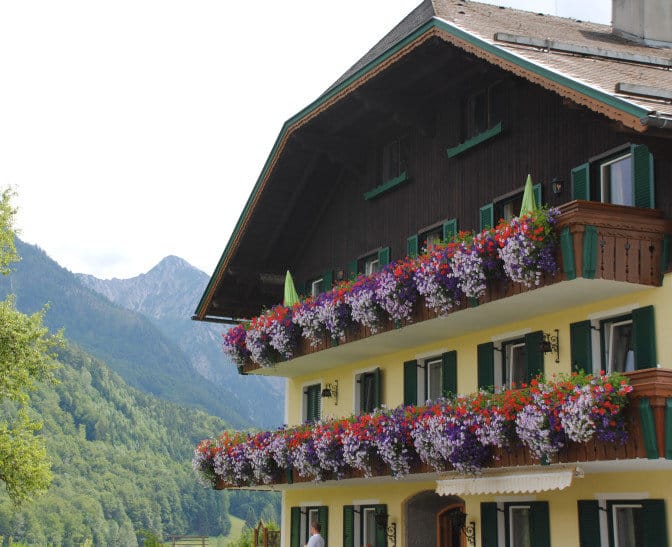


Such a wonderful and informative post, who knew! This city girl did not! But I love learning and hearing about all of this and someday hope to have a sunny enough spot in our yard to have a compost tea worthy garden!
See…all the things you didn’t know you needed to know! I am an authority on all that stuff! 😂
Great information. Do you use raised beds for your garden? I’ve been considering this option. Thank you.
Hi Gail,
We have always had raised vegetable garden beds…until right now. We moved last year and haven’t figured out where to build our new beds. So, we did go ahead and plant some veggies in the ground. But, after having raised beds, we find we are spoiled. I do think we have a spot figured out though. We stay away from pressure treated wood given the chemicals that they release, so have always used cedar, but even that rots over time. I think we are going to have brick beds built this time. Much less maintenance. We recently did spy some raised beds planted in cattle watering troughs! That might be an idea.
Happy gardening, my friend.
Hugs,
Lynn
what is an “air stone”?
Hey Pam! Thanks for visiting us! An “air stone” is also known as an aquarium bubbler. The basic function of an air stone is to supply dissolved air (oxygen) into the tea.
Air stones are usually made up of porous stones or lime wood. When an air stone is attached to an air pump outside the tank, it starts to produce tiny bubbles. Those tiny bubbles which are filled with oxygen not only fill the tank with oxygen, but it also helps circulate the water freeing the micro-organisms in the compost into the tea solution.
The link below is the one that I’ve used for several years of brewing compost tea
https://amzn.to/3gNCW57
Good luck!
Almost 4 year ago and still no picture. I am not opposed to people being better at visualizing things than me, but I really need a visual.
I’m assuming you are looking for the finished image. I’m sorry I didn’t include one.
I did just update the post so that there is an image of the finished brewer.
Let me know if that isn’t what you are looking for.
Lynn